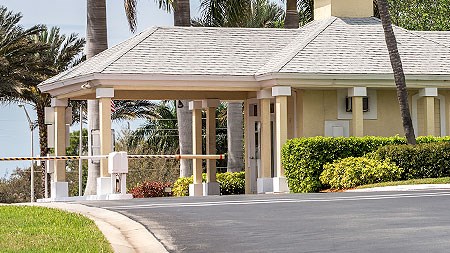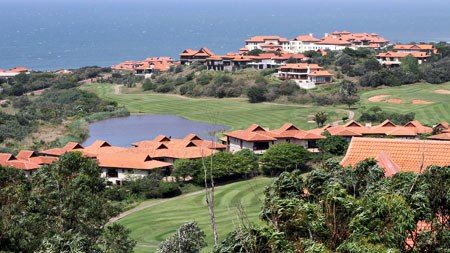When things go wrong, it’s natural for people and businesses to try and look after their interests which often entails moving and/or creating defences. A prime example of just such a scenario was the mass exodus of people and business away from Johannesburg’s inner city during the 1980’s and 1990’s when crime and decay set in. Although many have since moved back to the inner city following several bold and successful revitalisation projects, urban sprawl and the establishment of fort-like security estates, shopping centres and business parks continues to take place, much to the detriment of the socio-economic landscape.
So says John Loos, property economist at FNB who explains that unchecked urban sprawl and the ongoing trend towards largely insular residential, business and retail development is undermining South Africa’s social fabric.
Notes Loos: “While it’s only natural for people to react the way they have to crime and decaying infrastructure, such behaviour actually only serves to exacerbate the situation as those who have the skills and means to remedy the situation disinvest and go elsewhere, usually to estates and enclosed business and retail centres in far flung suburbs.
“While attractive for many reasons, estates tend to isolate residents in self-contained pockets which are effectively removed from reality. Estates also contribute to urban sprawl, decentralisation and traffic congestion which is actually the last thing that should be happening in a developing country.”
Loos’ comments tie in with comments made by Professor Monique Marks, head of the Durban University of Technology’s Urban Future’s Centre who noted recently that the problem with estates is that they create ‘bubbles’ removed from society and are, by their very nature, exclusionary. She says they attract a certain class of people who can afford to pay a premium for upmarket living and exclude those who can’t which undermines social cohesion and diversity and actually reinforces inequality and crime displacement.
As for the ‘freedom’ associated with estate living, Marks says residents argue that that they can leave their doors open, enjoy their surrounds and let their children roam free. She counters this saying that being cut off from the rest of society behind high walls and monitored by cameras and guards 24/7 are elements typically associated with establishments such as prisons, not freedom.
Elaborating on the business perspective, Loos explains that those businesses which have moved to outlying areas and into enclosed malls and office blocks have effectively removed their employment and purchasing power away from the street fronts which ultimately speeds up decay along such corridors.
Notes Loos: “Today, the average business and/or retail node is characterised by inward facing offices, canteens, shops and parking located away from street fronts. Other characteristics include fences, booms, security guards and cameras and a general lack of pedestrianised zones or corridors which link up to the world outside. Although some developments such as Sandton City and Rosebank Mall have attempted to integrate elements of the ‘outside world’ through the implementation of Gautrain stations, they still lack the openness necessary to really facilitate social cohesion.”
Loos believes more densification situated along major, central urban transport corridors is key to better social cohesion, integration and development.
“Time and time again corridors and zones characterised by densified living spaces, dedicated cycling paths, pedestrianised zones, street fronting shops and mass transit have proven successful. Efforts are being made into creating such zones in Johannesburg’s inner city and elsewhere in the country but much more needs to be done in this vein if we are to stem the unhealthy tide of unhealthy urban sprawl, inequality and segregation.”
Finally, Loos emphasises that, while good urban planning and zoning is part of the solution, simply barring ‘exclusionary’ residential and commercial developments alone is not going to do the trick. He says the factors that lead to such living and working patterns, notably crime, grime and congestion, need to be addressed. Ultimately the plan should be to make it un-attractive for households and businesses to want to cut themselves off from the outside world he concludes.




